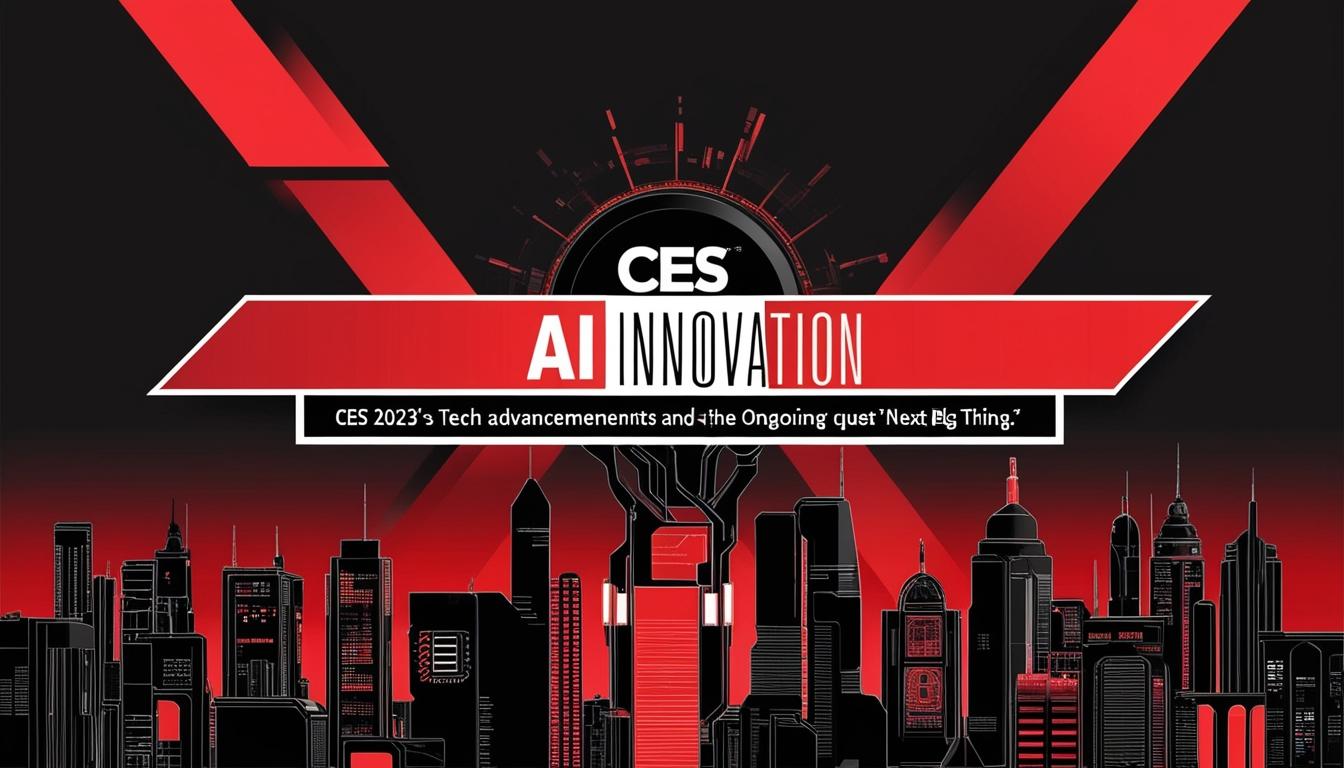CES, the Consumer Electronics Show, is set to commence on Tuesday, January 7th, in Las Vegas, where it will display a range of innovative products from various tech companies and inventors. This year's event is notable for its heightened emphasis on artificial intelligence integration into consumer technology, as noted by coverage from WCCB Charlotte.
The CES has been a platform for groundbreaking and often ambitious inventions for several decades, drawing attention from the tech-savvy and business-minded alike. This year marks the 12th instalment of CES that the WCCB reporter will cover, who anticipates encountering the “next big thing” among independent inventors. Historically, however, while many products introduced have been heralded for their potential, a significant number have failed to achieve commercial success.
Over the years, CES has been home to numerous products that have not lived up to the expectations set by their creators. The laundry-folding robots introduced seven years ago are a prevailing example, which promised to provide a solution for household chores but ended up as a failed enterprise. Other ill-fated inventions include self-rolling suitcases and flying cars, each having garnered interest yet ultimately failed to find a secure foothold in the market.
The announcement of 3D televisions generated significant excitement but ultimately lacked the content needed to sustain a marketable presence. Items such as coffee table computers, eye-tracking controls, and the so-called "smart mirrors" faced similar fates, rendering them obsolete. Historical context can also be drawn from the launch of the BetaMax video recording devices by Sony in the 1980s, which despite their innovative features, lost ground to the VCR and faded into irrelevance.
In addition to products that have flopped, there are also examples of concepts that raised eyebrows. The Rocking Bed, designed to replicate the experience of sleeping on a cruise ship, has not seen sales as its website has since ceased taking orders. Other products, such as the BeddrSleep sensor and the WeltBelt fitness tracker, have also failed to establish a profitable market presence.
However, amidst the backdrop of failures are highlights from CES that have achieved commercial success, such as 4K televisions, streaming players, and foldable smartphones. Technological advancements have not only succeeded through their own launches but have also been acquired by major tech firms, leading to widespread market adoption.
One product that is capturing attention this year is the MirraViz, a dual-projector system that enables two viewers to watch different content on the same screen at the same time. Despite its niche appeal and higher price point, it offers a forward-looking view of personalised viewing experiences.
As CES unfolds this week, the presence of AI continues to loom large over the proceedings, as exhibitors showcase their latest innovations. The WCCB reporter will be covering the developments extensively, providing insights into the tech world’s future as it emerges from this influential showcase. With a blend of cautious optimism and retrospective scrutiny, this event serves as a barometer for the trajectory of consumer electronics and their role in enhancing modern business practices.
Source: Noah Wire Services
